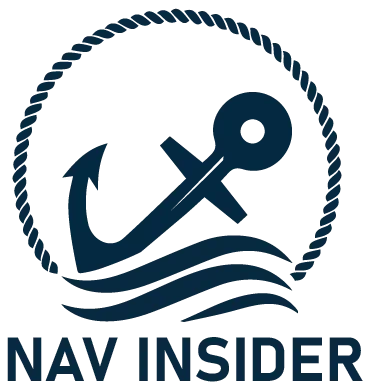When we talk about the safety of a ship, the first thought usually goes to lifeboats, navigation systems, or the hull’s strength. But none of these matter if there aren’t enough competent people onboard to operate them. This is where the Minimum Safe Manning Certificate (MSMC) comes in. It is one of the most important statutory certificates that every ship must carry, ensuring that a vessel always has enough qualified crew to operate safely.
What is a Minimum Safe Manning Certificate?
The Minimum Safe Manning Certificate is an official document issued by a ship’s Flag State Administration. It specifies the minimum number of qualified officers and ratings required onboard a vessel to ensure its safe operation, navigation, cargo handling, machinery management, and pollution prevention.
It sets the legal baseline — the ship cannot sail with fewer crew than the number stated on this certificate.
Why is it Important?
- Safety of Navigation – Ensures enough officers are available to maintain a proper watch at all times.
- Emergency Preparedness – Provides sufficient manpower to handle emergencies such as fire, flooding, or abandonment.
- Pollution Prevention – Ensures competent engineers and deck staff are available to comply with MARPOL regulations.
- Legal Requirement – Without MSMC, a ship can be detained by Port State Control.
- Crew Welfare – Prevents overwork and fatigue by ensuring adequate distribution of duties.
Who Issues the Minimum Safe Manning Certificate?
The Flag State Administration (for example, DG Shipping India, MCA UK, USCG for USA-flag ships).
Often, the flag state relies on manning proposals submitted by the shipowner or operator.
The certificate is aligned with international conventions like SOLAS Chapter V, Regulation 14 and the STCW Convention.
What Information Does the Certificate Contain?
A Minimum Safe Manning Certificate usually includes:
- Ship’s name, IMO number, call sign, flag, and port of registry
- Ship type (e.g., Bulk Carrier, Tanker, Container Ship)
- Gross tonnage and propulsion power
- Trading area (worldwide, near-coastal, restricted service)
The minimum number of personnel required, divided into ranks such as:
- Master
- Chief Officer / Deck Officers
- Chief Engineer / Engine Officers
- Electro-Technical Officer (ETO)
- Deck Ratings (ABs, OS)
- Engine Ratings (Motorman, Wiper)
- Cook
How is Safe Manning Decided?
The safe manning level is not a random number. It is carefully determined by considering:
- Size of the Ship – Larger vessels need more crew.
- Type of Ship – Tankers and passenger ships need more specialized personnel compared to bulk carriers.
- Trading Area – A ship on worldwide trade may require more crew than one on short coastal routes.
- Technology Onboard – Advanced automation may reduce manning requirements.
- Emergency Duties – Manning must cover fire parties, lifeboat stations, and damage control teams.
Validity of the Certificate
The MSMC is usually valid for as long as the ship is registered under that flag.
It remains valid unless the ship changes flag, undergoes major modifications, or automation levels change.
Flag States may require revalidation or re-issuance when rules are updated.
Consequences of Sailing Without MSMC
Port State Control Detention – Ship cannot sail until proper manning is ensured.
Insurance Issues – P&I clubs may reject claims if manning was below the minimum requirement.
Legal Liability – In case of an accident, the shipowner and master may face penalties if undermanning is proven.
Unsafe Operations – Crew fatigue and higher accident risk due to insufficient personnel.
Minimum Safe Manning vs Actual Manning
It is important to note that Minimum Safe Manning is just the legal minimum.
In reality, many ships carry more than the minimum to handle trading demands, maintenance, and emergencies.
For example, a bulk carrier’s MSMC may require only 14 crew members, but owners may employ 20 for efficient operations.
Real-Life Example
A 90,000 DWT bulk carrier may have a Minimum Safe Manning Certificate specifying:
1 Master
3 Deck Officers
1 Chief Engineer
2 Engine Officers
1 Electro-Technical Officer
3 Deck Ratings
2 Engine Ratings
1 Cook
That’s a total of 14 crew. But in practice, most companies would add extra officers or cadets to share the workload.
Final Thoughts
The Minimum Safe Manning Certificate is a cornerstone of maritime safety. It ensures that ships never operate with dangerously low manpower, protecting not just the crew onboard but also the marine environment and global trade.
For seafarers, it means they won’t be expected to do the work of two people. For shipowners, it ensures compliance and credibility. And for regulators, it provides a framework for global safety standards.
Simply put — a ship may be technically sound, but without enough people onboard, it is never truly safe.

